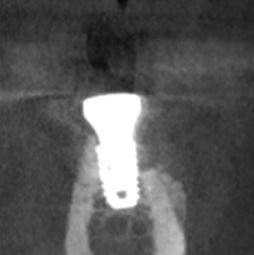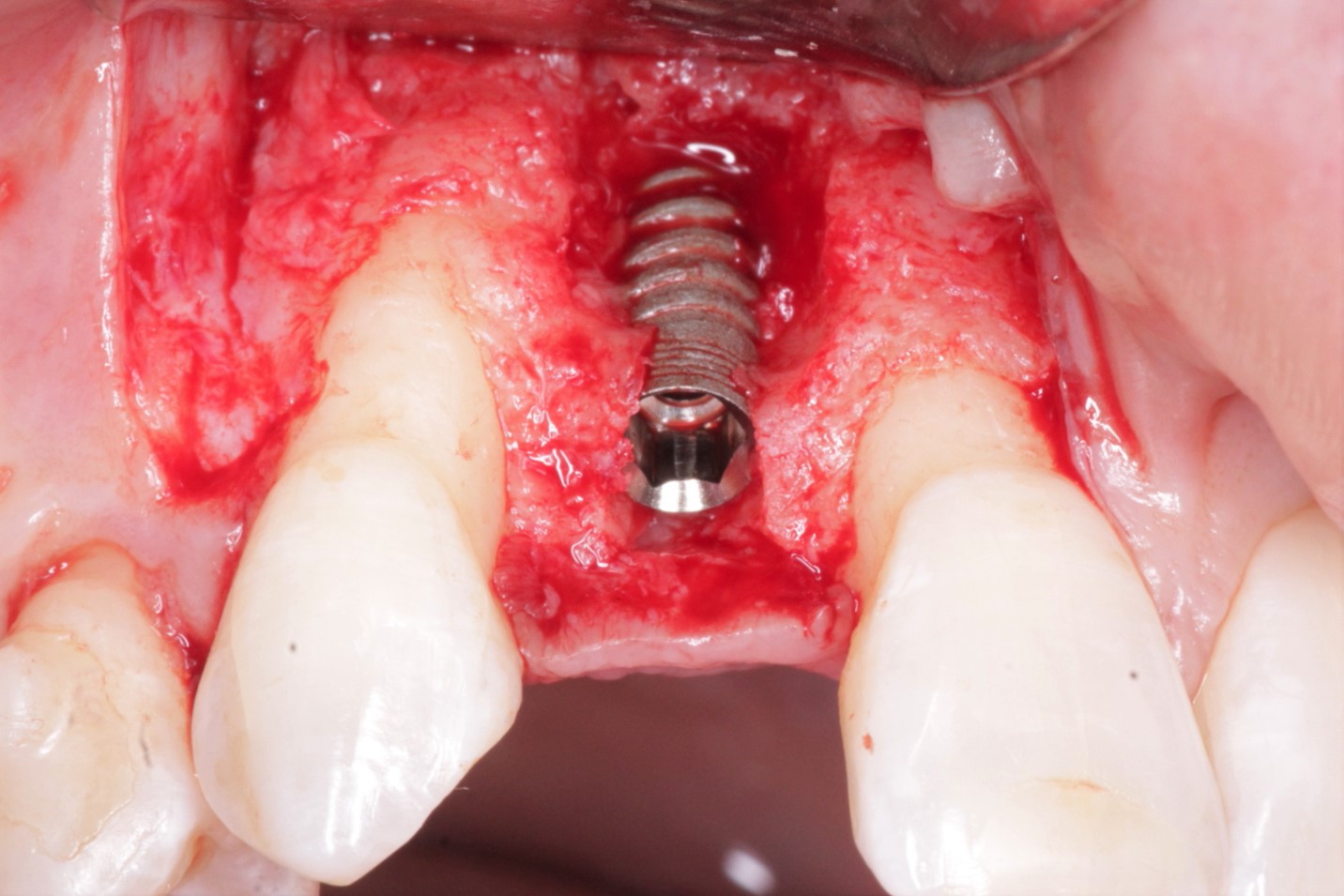Removing Cemented Crown: What is the Best Protocol?
Dr. Q asks:
I placed an immediate dental implant after extracting a broken down maxillary first premolar, along with an osteotome sinus lift. The implant system I used was Osstem, which is a Korean system. The implant body was 4.1mm and the neck was 4.8 mm. The implant had a polished collar. The grafted bone I used was DFDBA marketed by the name of SureOss, by HansBiomed, another Korean brand. The implant at the time of placement had excellent primary stability. I did primary closure of the soft tissue over the implant and graft.
I went in for the second stage about four months later, took a fixture level impression and restored the implant with a PFM, cemented crown on an angled abutment. Unfortunately the porcelain fractured off the buccal face of the crown after a few days. I tapped off the crown and had to use a fair amount of force because the crown fit so snugly, even with the temporary cement. I replaced the crown and cemented it shortly after.
Three months later the patient complained the crown was moving. I examined the crown and implant and found out the implant had failed. Could I have caused this by tapping too hard to remove the original crown? Is there a better way to remove cemented crowns? Could I have disrupted the osseointegration? How long should I wait to attempt another implant placement?

















